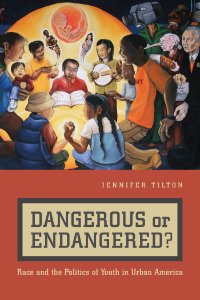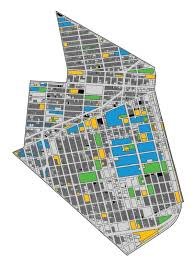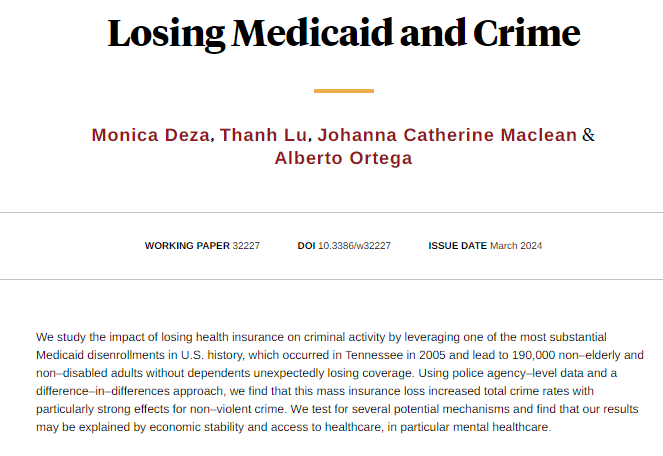DARYL CUMBER DANCE
"Long Gone: The Mecklenburg Six and the Theme of Escape in Black Folklore" delves into the harrowing true story of six Black men wrongfully accused of a crime they did not commit. Through meticulous research and powerful storytelling, the book explores the historical context of escape within Black folklore and its significance in the lives of the Mecklenburg Six. This poignant narrative sheds light on the endurance, resilience, and unwavering spirit of individuals fighting for justice and freedom in the face of oppression. A compelling and thought-provoking read that resonates long after the final page is turned.
The University of Tennessee Press. KNOXVILLE. 1987. 197p.





















